Apple has piled a bunch of health-related features into iOS 13 and watchOS 6. Here, we focus on the health, wellness, and fitness features coming to iPhone and Apple Watch with these massive new updates.
The Health app
Launching the Health app, it looks immediately different from that seen in iOS 12. No longer do four tabs span the bottom — they have been replaced with only two for Summary and Browse.
Summary View
The Summary view brings all relevant information to the front, populated by the health metrics you track. This can be dependant on what health devices you connect. For example, Apple Watch users will see the Activity rings added, Withings Scale users will see their weight here, and Beddit users will see their sleep.
The Favorites list can be customized, of course, by tapping edit and either starring or un-starring the metrics you want to see in this summary view. Below favorites are new categories for Highlights, Get More From Health, and app suggestions based on what you track.
Highlights provides useful information based on your recorded data, furthering the personalization. For me, I can see my most recent workout and how many calories I burned, my heart rate during the intense workout, my headphone audio level, how I've been doing in recording my blood sugar, and more.
Inside the Get More From Health sub-category, Apple provides suggestions, articles, and videos to help you improve your health and wellness. This ranges from helping register as an organ donor, to setting up your medical records with your provider, to explainers on hearing health. Apple will likely update these recommendations over time.
Apps has several recommendations for third-party apps that may further your understanding of the different metrics. Since I track my blood sugar, Health recommends mySugr to help with that — as one example.
Browse
The Browse tab is broken down into Health Categories and Health Records. The latter pulled from your medical provider and the former a collection of all the metrics stored by the Health app.
A search bar can be used to find something in particular rather than digging through manually if you know what you're looking for.
Health in iOS 13 has three new categories of tracking that it didn't have before.
The first is Toothbrush time, keeping track of the number of minutes you spend each day brushing your teeth. It can be manually added as at launch there are no third-party apps that support this metric — yet.
Next is hearing health. It monitors headphones levels, environmental sound levels, and any noise notifications your Apple Watch has given you. This metric pulls partially from the iPhone — for headphone levels — and partially from Apple watch which monitors environmental sound levels.
Apple Watch even has a new Noise app that can give you an idea of how loud your environment is. It includes a complication for the watch face and will send notifications if the environment is too loud for too long.
Lastly, is cycle tracking. Cycle tracking encompasses more in-depth metrics on iPhone as well as an accompanying app on Apple Watch. For more on cycle tracking, check our full in-depth feature.
Going down into any of the new metrics or previous metrics now looks slightly different as Apple has deviated away from the previous day-based view. Data is presented differently and it can still be viewed over time and will have various highlights, depending on the metric.
The new Activity app
Outside the Health app, Apple also spent some time revamping the Activity app that accompanies Apple Watch.
A new bottom tab has been added for trends which gives you an idea of your progress over time. Move, Exercise, Stand, Distance, Walking Pace, Stand Minutes, Cardio Fitness, and Running Pace are all included. These long-term metrics let you know if you are improving or lagging in any of these areas.
Each metric will have an up or down arrow to let you know your progress and they get split out into ones you are excelling at under "Keep it going," ones you need to improve on under "Worth a look," and those that aren't tallied because they need more data.
Apple has also included more award for Apple Watch users. Particularly, long-time users who have met an abundance of Move goals. There are now awards dolled out for 1500 Move goals met, 1750, and 2000.
Apple Watch and watchOS 6
On Apple Watch, there are several new enhancements.
We already touched on the new Cycle app for Apple Watch as well as the new Noise app.
Additionally, when starting a workout, there is a new option to "Add Workout" at the bottom where users can choose from the long list of all possible workout types. In watchOS 5, users had to choose "Other" as the type and then remember to change it to the correct one before hitting save.
Within the Activity app of Apple Watch, users can also go back and see previous workouts without the burden of pulling out their iPhone.
GymKit, Apple's system for connecting to fitness equipment for more accurate monitoring, now will work with Octane Fitness, True Fitness, and Woodway.
Coming soon
Apple's watchOS 6 update is currently in beta testing but will be released to the public on September 19th alongside iOS 13 and iPadOS.
This major update will be available for Apple Watch Series 3, Series 4 and Series 5 in September, with the update coming to Series 1 and Series 2 Apple Watch models later in the fall.
 Andrew O'Hara
Andrew O'Hara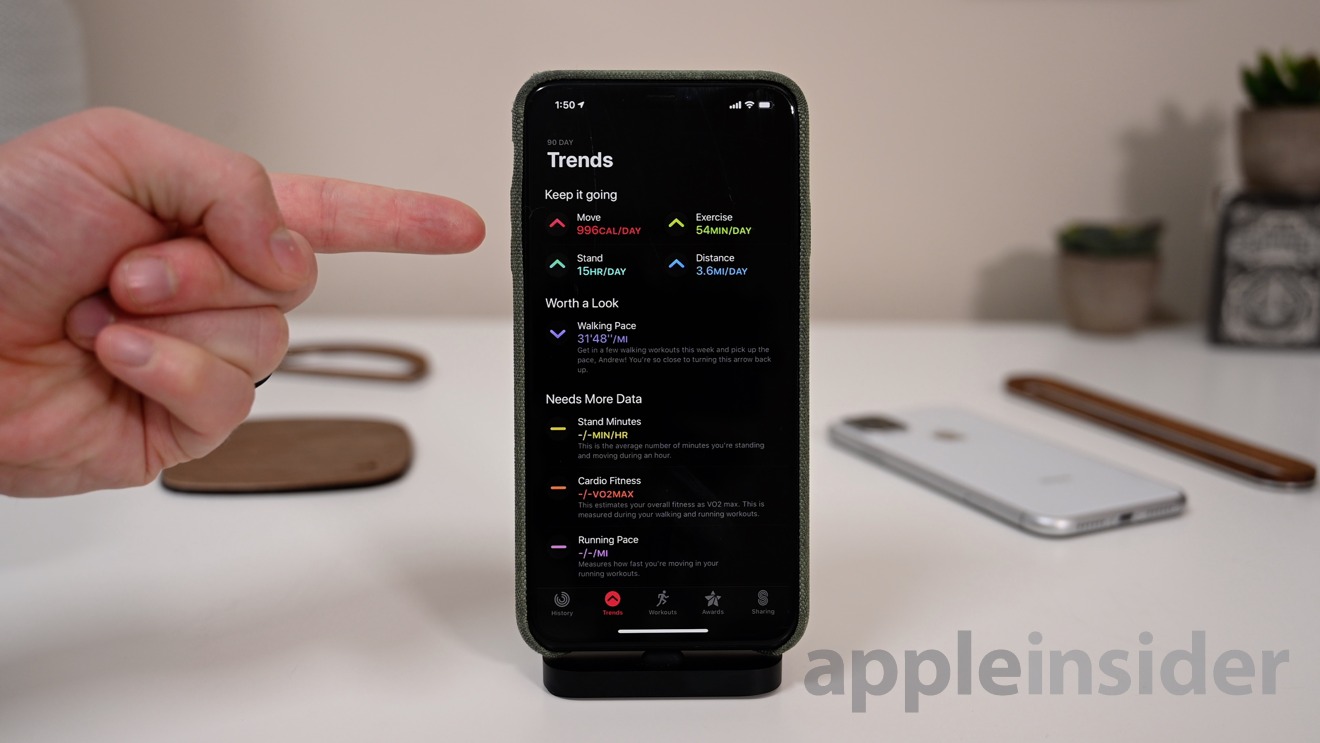
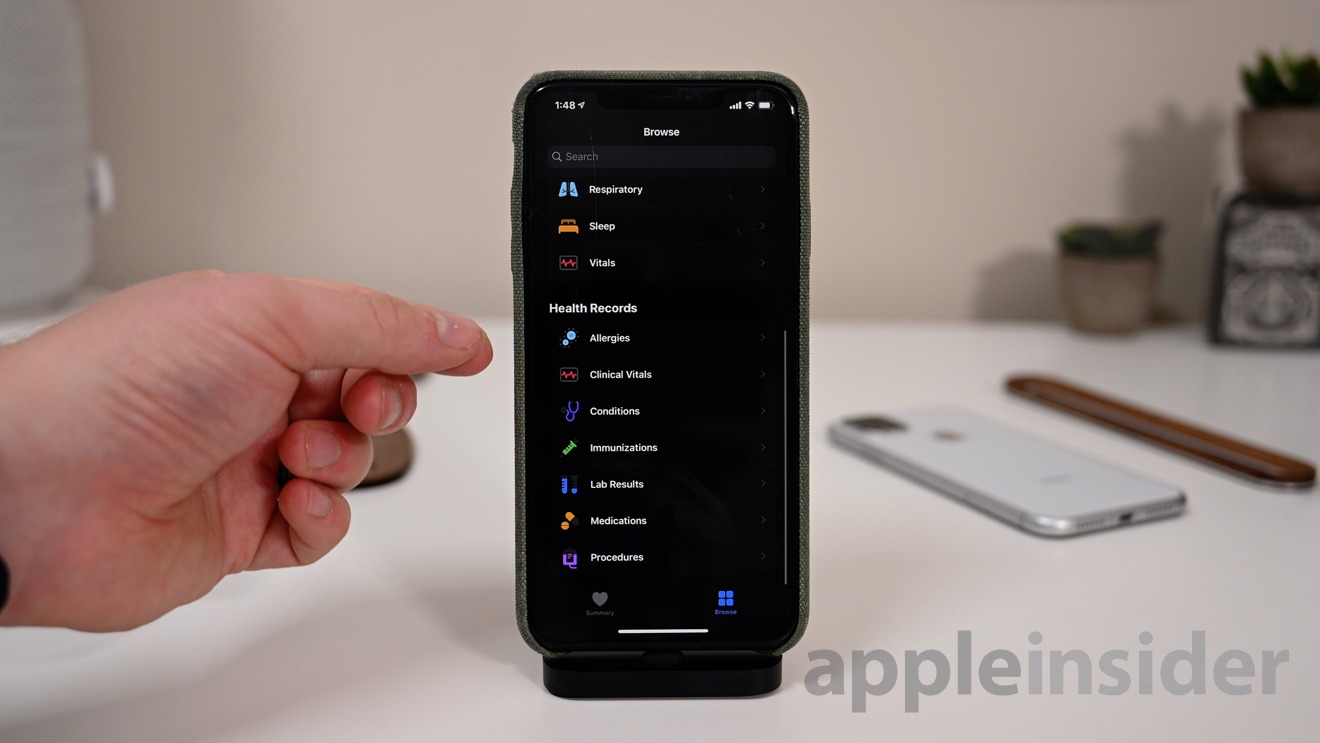
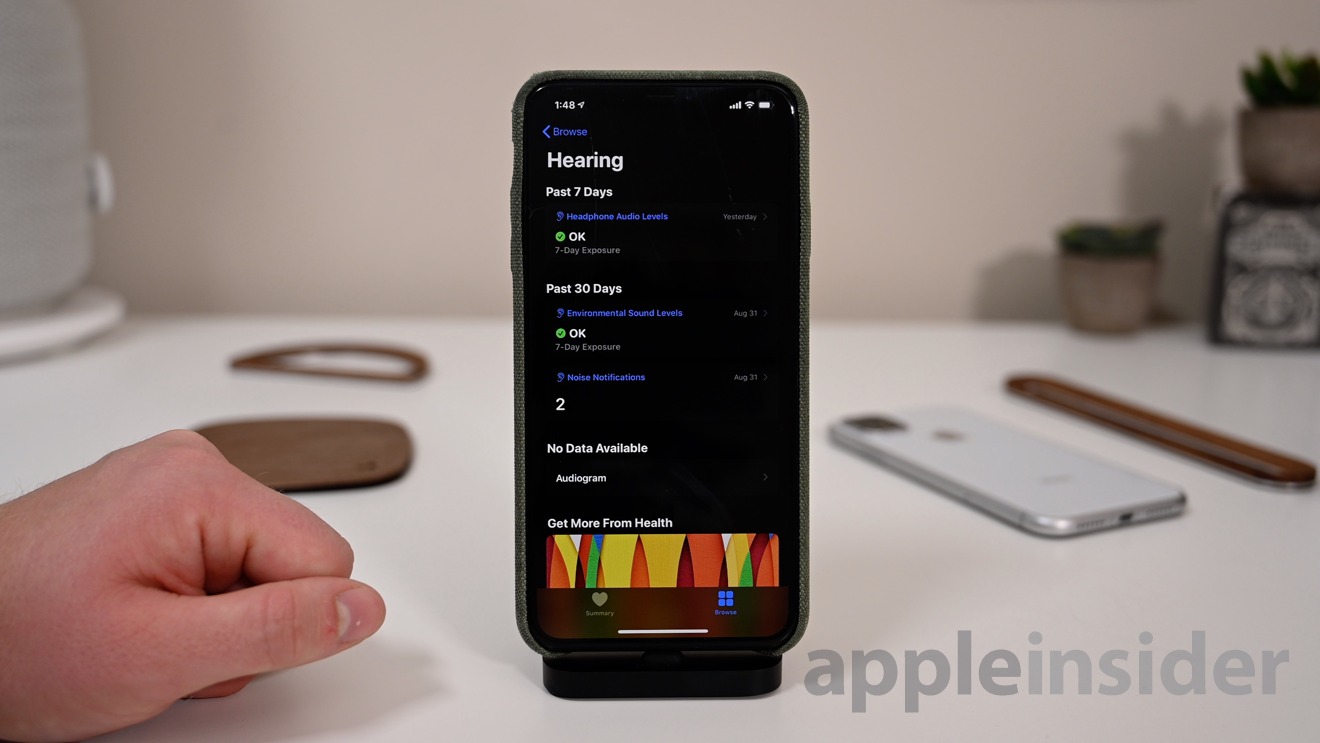

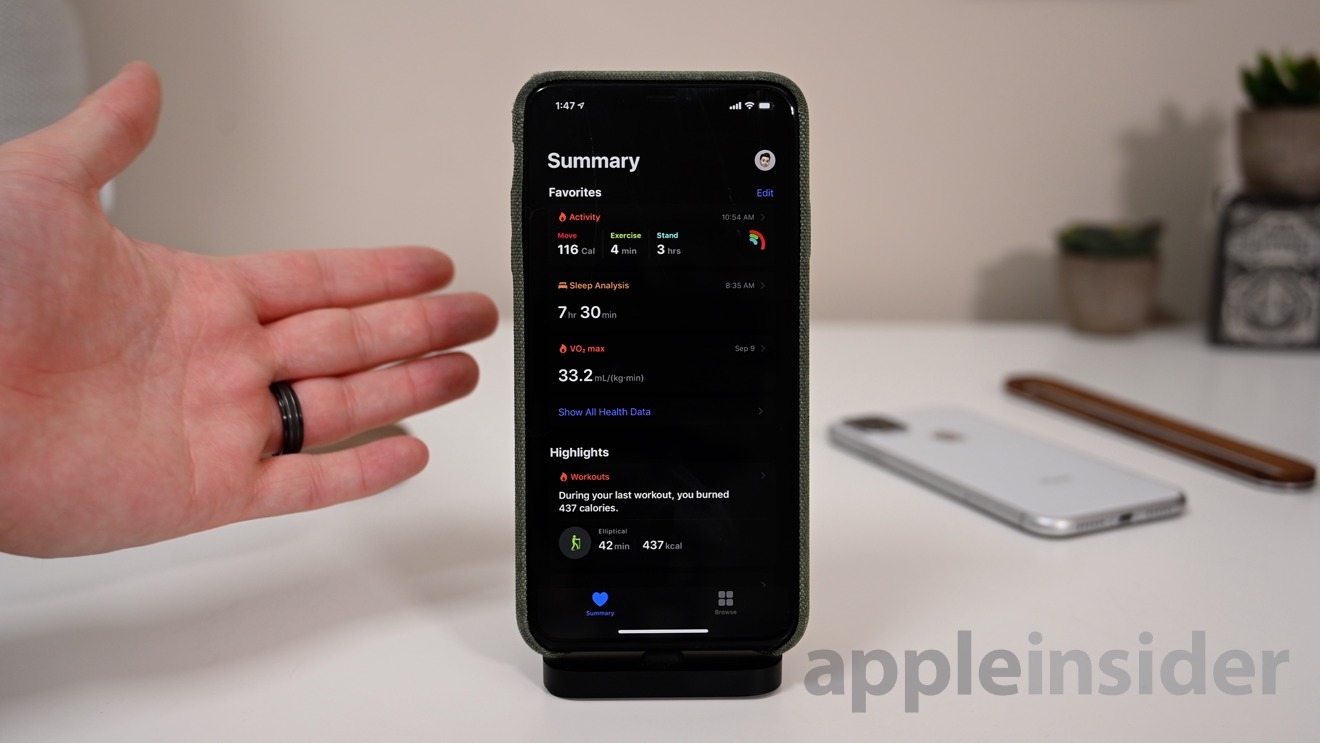
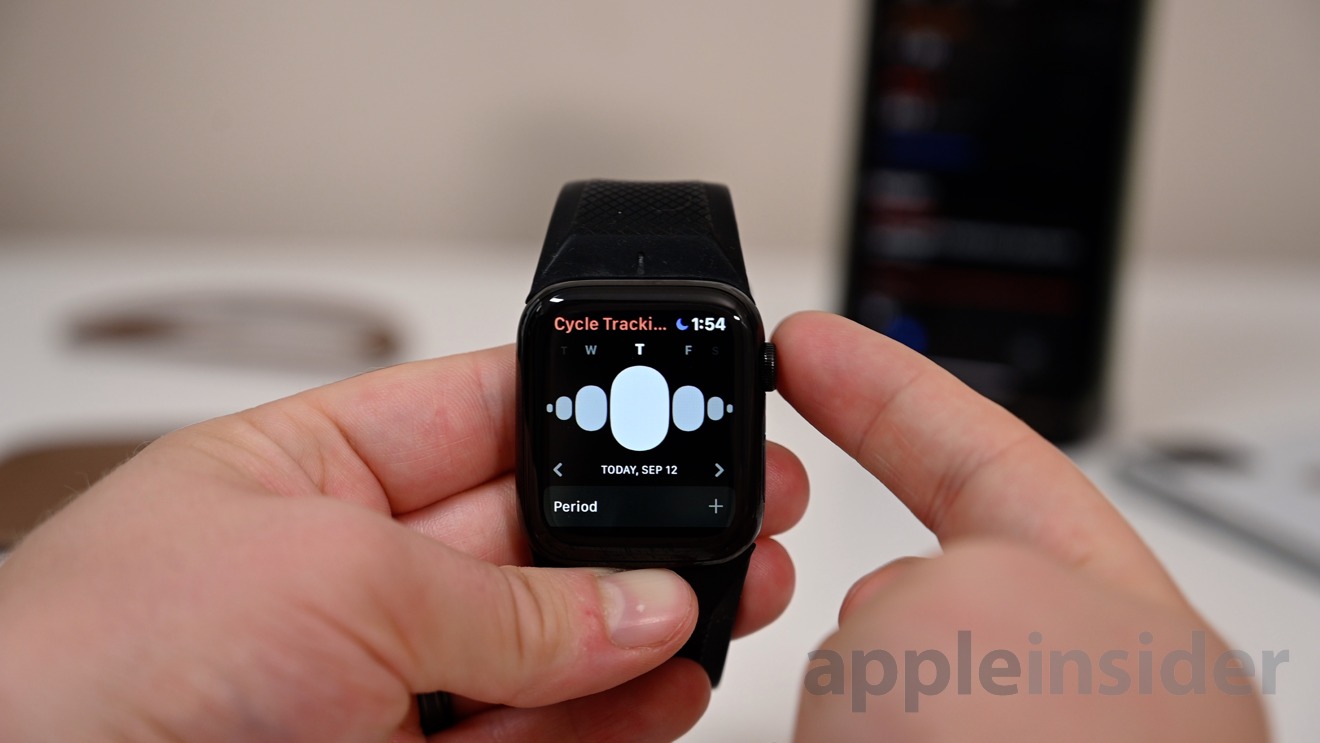








-m.jpg)






 Charles Martin
Charles Martin
 Malcolm Owen
Malcolm Owen
 William Gallagher
William Gallagher

 Christine McKee
Christine McKee
 Wesley Hilliard
Wesley Hilliard

 Andrew Orr
Andrew Orr







4 Comments
All I was hoping for was a Sleep app
Nice roundup. Wasnt aware of that new trends aspect. I've been lagging lately since dog days of summer. So looks like a sober kick when I upgrade to 13.
The Health App remains an absolutely incredible piece of software -- when it is viewed as a database. It has the ability to collect health data from an incredibly huge and varied number of sources, collate it and pass it on to applications that need it.
For instance, the health app collects exercise information from the iCardio app running on my Apple Watch and, after the session completes, automatically passes the information on to a number of other 3rd party apps running on my iPhone -- such as MyNetDiary which I use to track nutrition (the health app passes it calories consumed during a workout so it can adjust calories allowed during the day). All of this involves some of the most complex things in all of computing: Interfacing various and sundry systems so that they act as one. Incredible. The more I use it the more I am impressed with how it manages such complexity -- including things like prioritizing which data overrides whichever other data recorded at the same time.
But, as a reporting vehicle, it sucks. It remains mostly a black hole where you get two choices: A tiny, meaningless graph (often without the values of the Y axis even beomg marked! or, a flood of detail such as heart rate 3 times a second.
I am grateful for the Health App -- but wish Apple would expand and enhance its reporting capabilities.